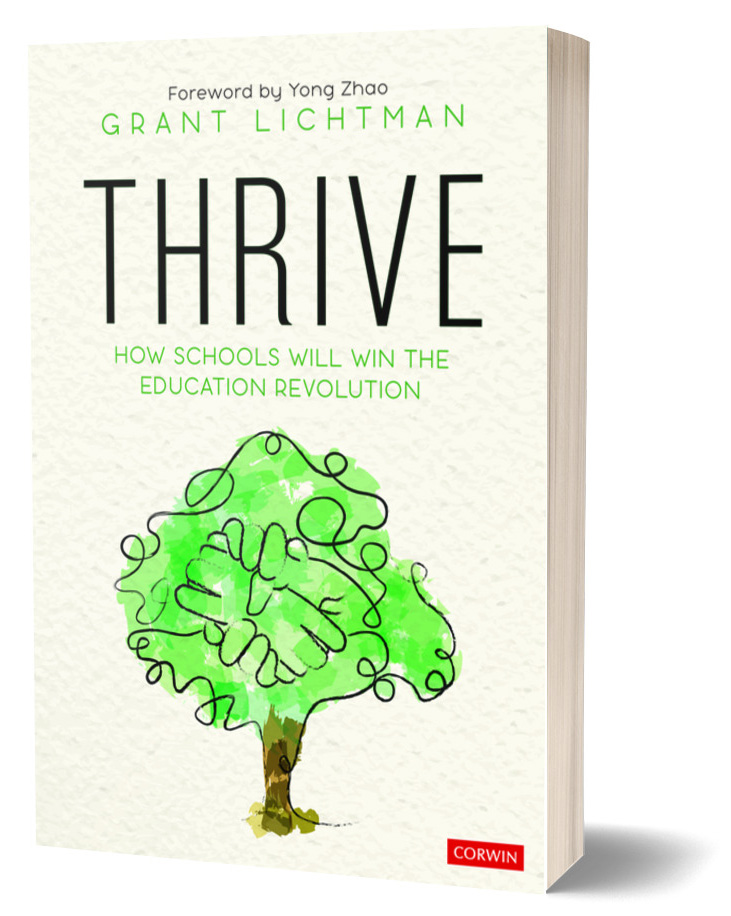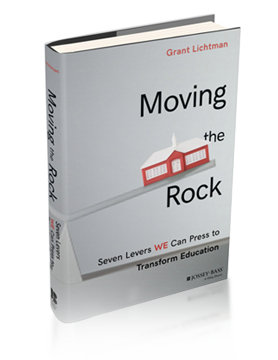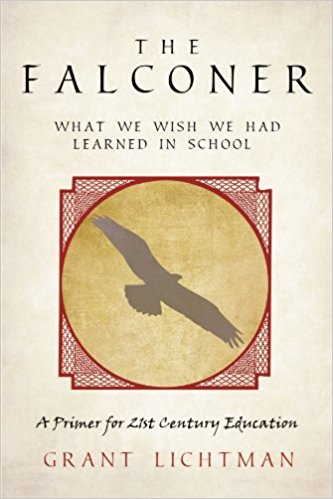What kind of choices will our students make when faced with big, hairy problems in their own lives, and for the world we leave them? Will they have the tools to make these choices based on sound information and reasoning? Will they repeat mistakes of the past, or will they learn from them? Will they have access to, and be able to differentiate, objective facts from theories or beliefs? Will they be able to both effectively communicate their own knowledge and effectively listen and synthesize that of other true experts?
 Our role as educators is surely critical in answering these questions, and I recommend another good read, this one from Dr. Timothy Dixon, a highly respected member of our national community of researchers in geology, climate, and the interactions of humans and the natural environment. In Curbing Catastrophe, Dixon is able to explain complex research on natural hazards like Hurricane Katrina and the nuclear reactor at Fukushima in terms that most of us, and indeed many of our high school students, can understand. He lays out a clear case that our repeated failures to prepare for and mitigate the worst impacts from predictable and horrendously expensive natural disasters, stem from three areas:
Our role as educators is surely critical in answering these questions, and I recommend another good read, this one from Dr. Timothy Dixon, a highly respected member of our national community of researchers in geology, climate, and the interactions of humans and the natural environment. In Curbing Catastrophe, Dixon is able to explain complex research on natural hazards like Hurricane Katrina and the nuclear reactor at Fukushima in terms that most of us, and indeed many of our high school students, can understand. He lays out a clear case that our repeated failures to prepare for and mitigate the worst impacts from predictable and horrendously expensive natural disasters, stem from three areas:
- Communication: scientists have not been good at describing the nature of natural threats in simple, direct language, and politicians, who make policy, have not been good at listening to what the experts are telling them.
- Understanding long-term processes and time scales: we make decisions based on data and experiences that are often much shorter (a human lifetime) than the processes that produce natural disasters, which take place on a much grander scale.
- The real economic consequences of failure: as a species, we spend enormous amounts of money on repairing damage from disasters–hurricanes, floods, earthquakes, tsunamis, fires–when much smaller investments would vastly limit the damage from these events which, while not completely predictable in time, are highly probable in both time and space.
Dixon makes complex problems easy to understand, leaving much of the data and detail in a series of appendices for those who want to dig more deeply. Many of the events that Dixon describes, some of which he has studied as part of multi-disciplinary teams, are familiar to us: Fukushima, Sandy, Katrina, earthquakes in California and Italy, and flooding in the midwest. Others are less familiar: did any of us know that the city of Geneva, Switzerland is highly susceptible to a tsunami on Lake Geneva?
How we deal with science, the nature of fact and fiction, and the role of expertise should now be front and center of our education focus. Dixon brings in a very real economic component around which nearly everyone should be able to rally. The argument goes something like this: if your parent, child, or best friend was sick, and the doctor told you that you could invest $10,000 today or face a 90% likelihood that within the next few decades the best case would be a treatment that would cost $1 million, what would you do? Most of us would get a second opinion, and maybe even a third. If we got 100 opinions, and 95 of them reenforced the first diagnosis, most of us would do anything we could to find and invest the $10,000; it just makes sense. If we did not, none of us would ever buy fire or health or life insurance.
Our students need to learn to understand and make decisions about complex problems. Deeper learning educators are converting subject-specific learning to the much more interdisciplinary and inter-related way that the real world works. The examples in Dixon’s book is interdisciplinary learning at its best: science, math, economics, sociology, history, communications, all wrapped into the big, hairy problems that may well bankrupt humanity in the next 50-100 years if we don’t change our understanding and approaches to big policy decisions. It would be a great foundation for a team of teachers to use when they ask the question, “how might I provoke my students to design and carry out a truly interdisciplinary, problem-ridden, project next year?”













Leave A Comment